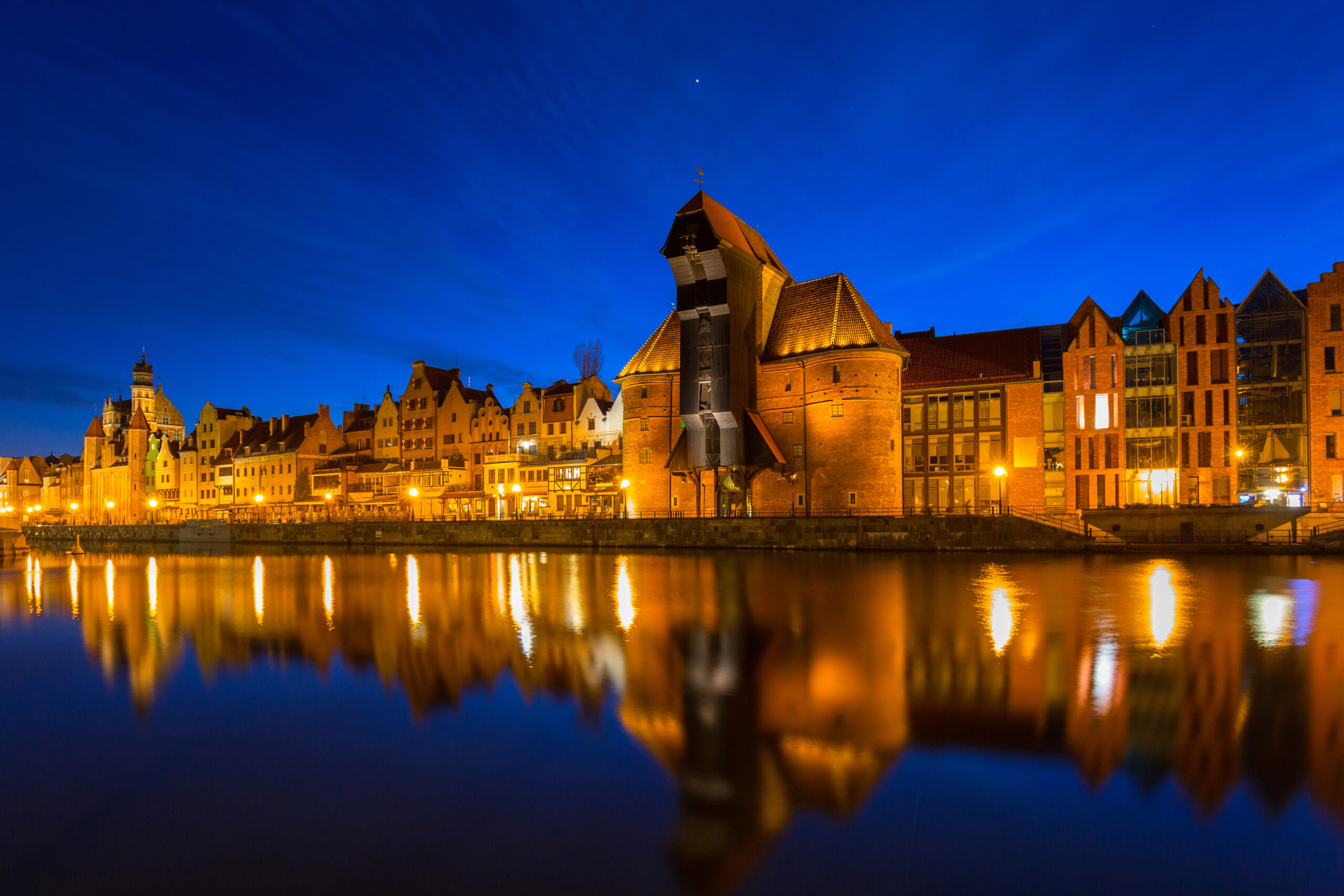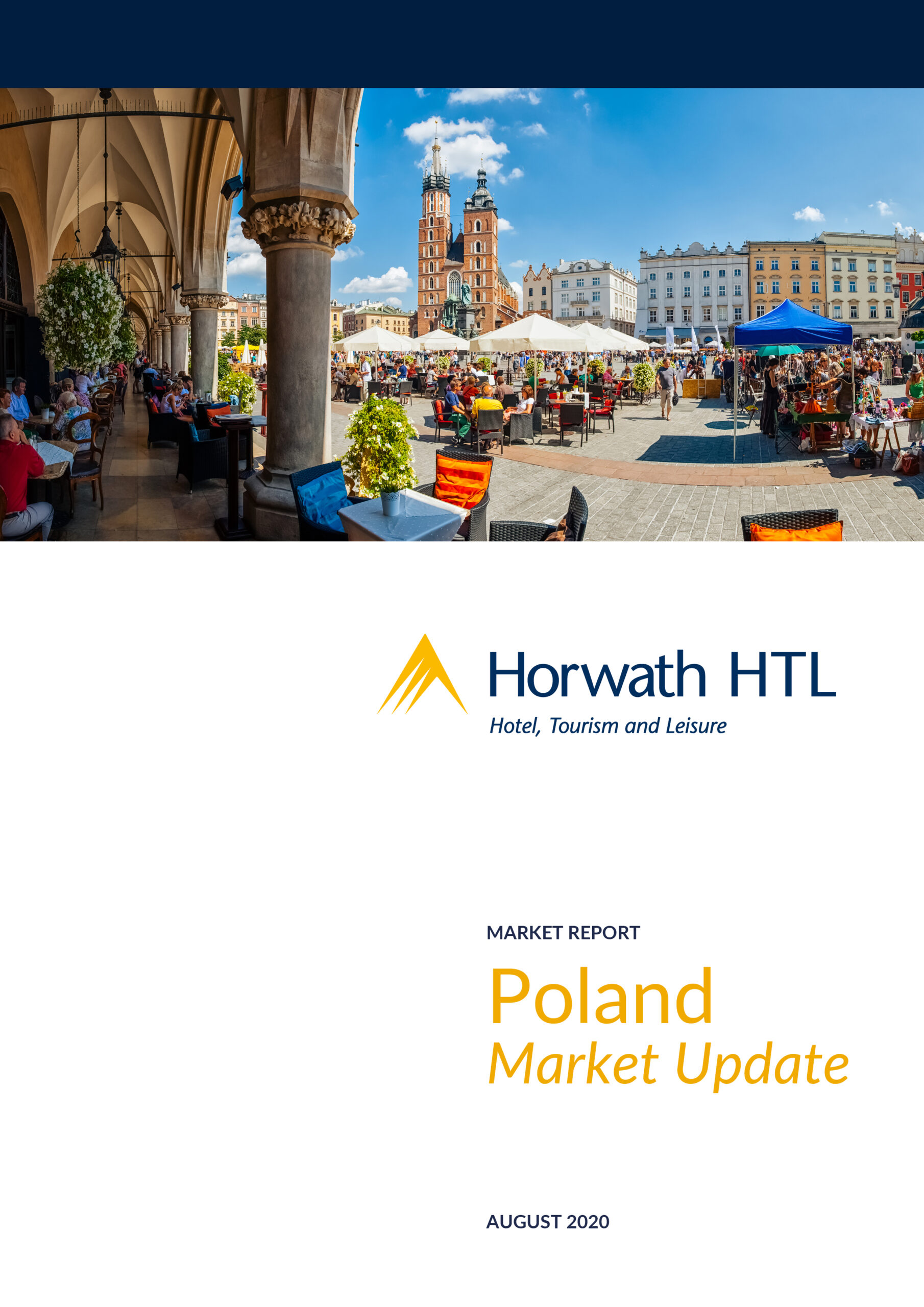
Market Report
Poland Hotel Market 2020
Poland's hotel market has experienced robust growth over the past decade, driven by steady economic development and increased foreign investment. However, the COVID-19 pandemic has posed significant challenges, disrupting the upward trajectory.
This report provides an in-depth analysis of the market performance, economic conditions, and future outlook for the Polish hotel industry.
Economic Situation & Development
Poland has consistently demonstrated strong economic growth, with GDP rising by 4.1% in 2019, making it the fifth highest in the EU-28. This growth is attributed to favorable economic conditions, a large domestic market, and an educated yet affordable workforce, making Poland an attractive location for international investment. Significant infrastructure investments have further supported economic stability and growth.
Office Space Market
Warsaw remains the largest office market in Poland, with 798.6 thousand square meters of office space under construction for 2020-2022. The city is followed by Krakow and Wroclaw, which together account for nearly 75% of the total office space in the country. The Business Process Outsourcing (BPO) sector has been a major driver of demand for office space.
Tourism & Hotel Market Performance
- 2019 Tourism Statistics: Poland saw 21.1 million foreign tourists, a 7.8% increase from the previous year. Germans and Ukrainians were the most significant contributors, with increasing numbers from the US, Canada, South Korea, Japan, and Australia.
- Hotel Development: The market has seen substantial growth, with international hotel chains like Accor, Hilton Worldwide, and Marriott International expanding their presence. In 2019, there were 374 categorized chain hotels in Poland.
Key Performance Indicators (2019)
- Occupancy Rates: Leading cities like Krakow, Warsaw, and Wroclaw showed high occupancy rates, although there was a slight decline due to new supply. Tricity bucked the trend with growth in occupancy despite new investments.
COVID-19 Impact
The pandemic has severely impacted the tourism and hospitality sectors. From May 4, 2020, accommodation services resumed, but occupancy rates remained low. For instance, Krakow saw an occupancy drop from 84.9% in May 2019 to 2.1% in May 2020. The national tourism demand alone could not sustain business effectively.
- Government Measures: Initiatives like the “tourist voucher” worth PLN 500 per child, valid until March 2022, aim to support the tourism industry.
Long-Term Outlook
The hotel market in Poland has shown resilience, with ongoing investments and the introduction of new brands expected to drive future growth. The market’s recovery will depend on the effective management of the pandemic and the gradual return of international travel.
Download the report
For detailed charts, graphs, and further analysis, download the full report here





